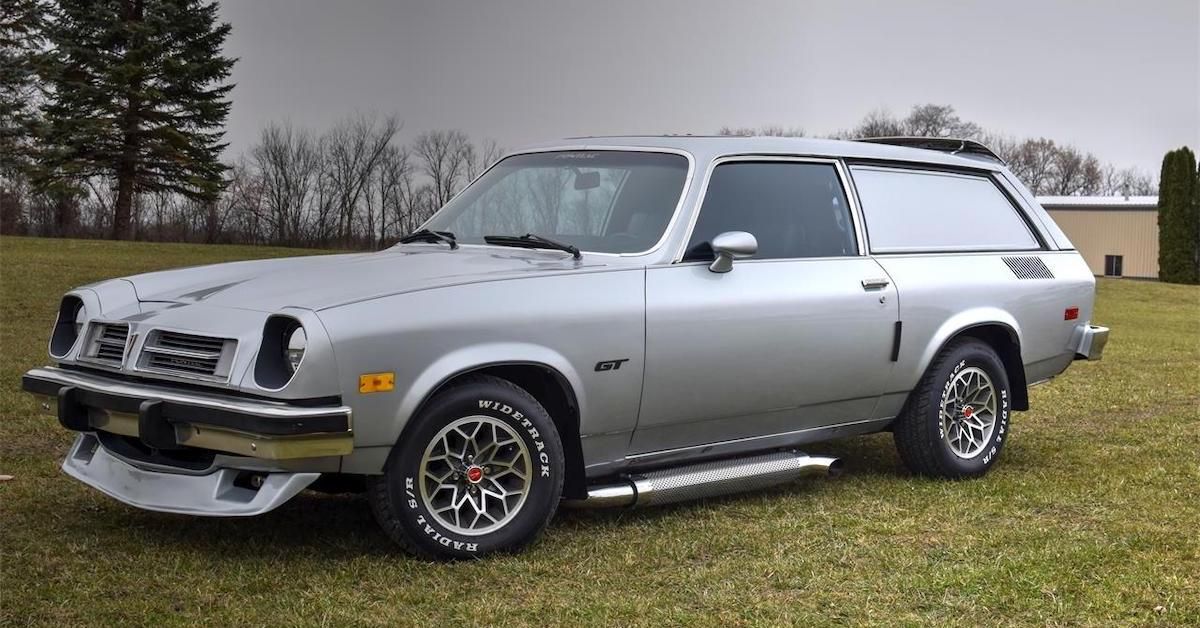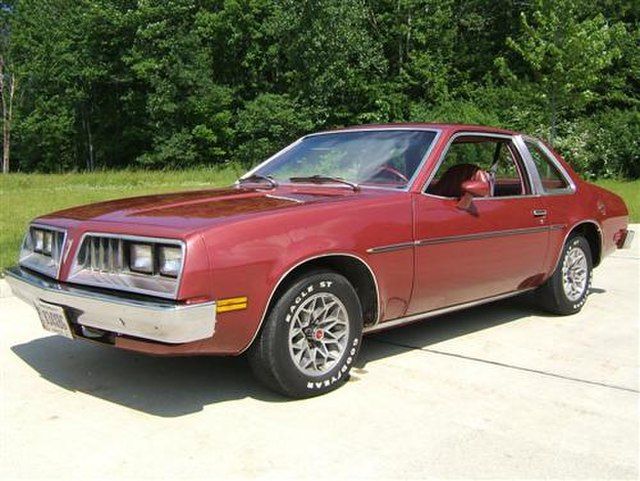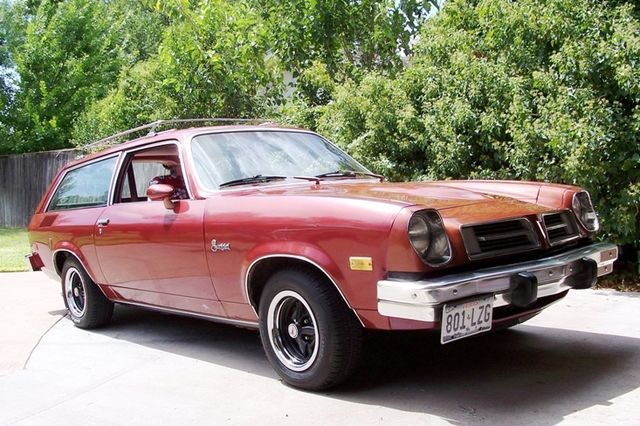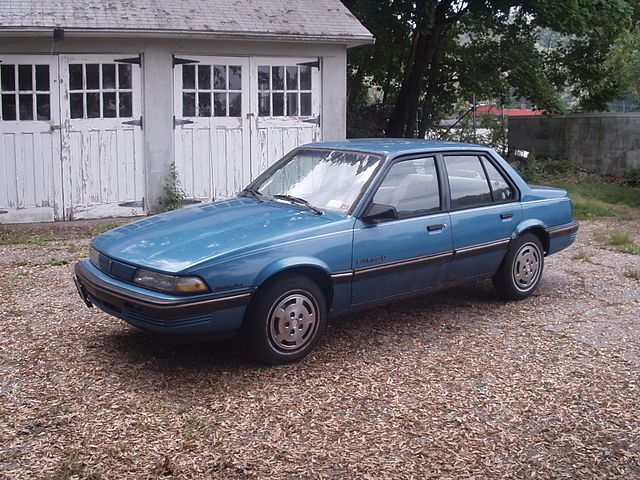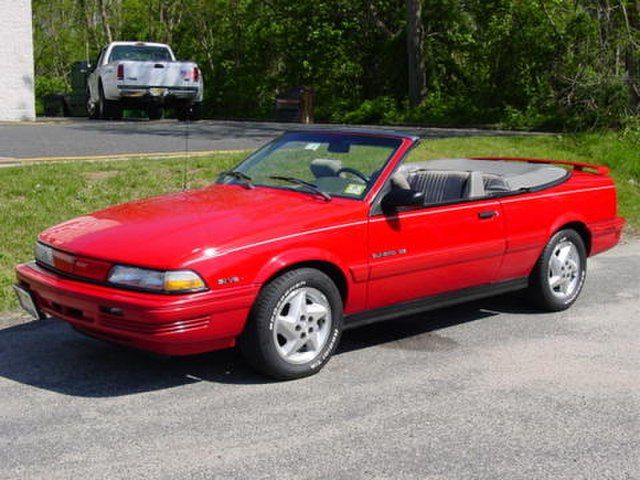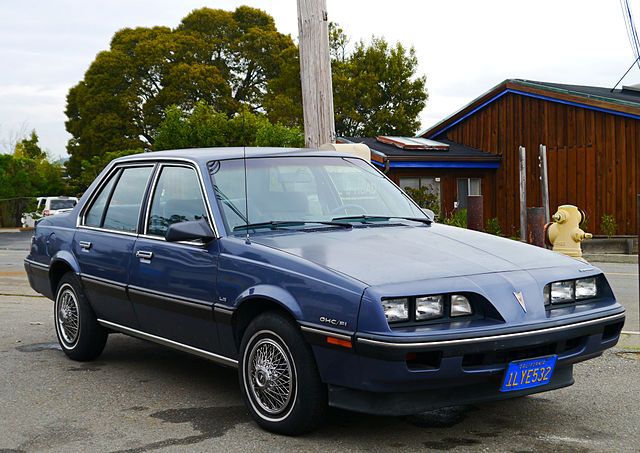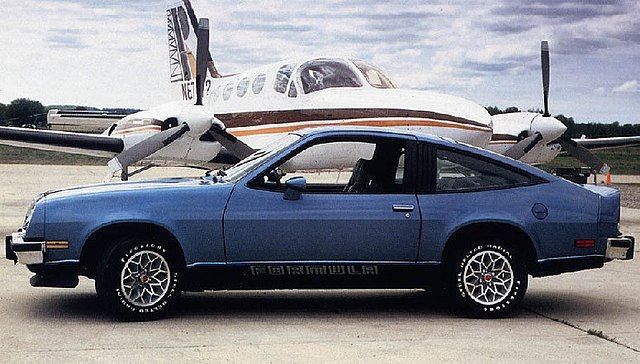The Pontiac Sunbird existed for 18 years, and during that time, it went through quite a journey. It began to compete with the Mustang II, the Mercury Capri, Toyota Celica, and Volkswagen Scirocco. As a subcompact, the Sunbird didn't get a lot of love, and with several underpowered options, it's easy to see why.
Production of the Sunbird occurred over two generations. The first brought a replacement to the subcompact Astre with a design that looks more like the famous Firebird. Despite the close ties to the performance-minded machine, the Sunbird was a counterpoint to Chevrolet's Monza and eventually the Cavalier.
Though the Sunbird came in many body varieties and engine options ranging from the small 1.8L to the larger 5.0L V8, while the latter wouldn't last long, several turbocharged engines attempted to boost the power for those wishing their Bird was less sun and more fire. After the nameplate dropped from the lineup, the Sunbird fell into obscurity.
As a result, many have forgotten the little sedan even existed in the first place. To help remember, we take a detailed look at what made the Sunbird so special.
Birth Of The Pontiac Sunbird: The First Generation
In 1976, Pontiac released the first version of the Sunbird. This first-generation model was based on the H-body platform, a subcompact frame used on the Astre. It also featured a name loosely related to the Firebird, which Pontiac hoped would resonate with potential buyers. The Sunbird would subsequently replace the Astre and remain the smallest Pontiac until the T1000. These initial coupes would eventually see sedan and wagon versions selling as well.
First-generation Sunbirds weren't powerful by any means. A small 2.3L inline-four was dropped under the hood and produced a meager 78 horsepower. Several upgrades, including an Iron Duke inline-four, brought more significant horsepower numbers, but real power came when upgrading to the larger Buick V6 or Chevrolet V8 engine options.
The Chevrolet V8 was a great engine option, but unfortunately, it wouldn't last. In 1980, Pontiac dropped the wagon body style and V8 engine variant, leaving the Buick V6 as the largest engine option for this model year. The Sunbird did well during the first generation, selling almost a half-million units during the four years.
Pontiac supplied the Sunbird with long control arms up front and torque-arm live rear axle suspensions for the back. In addition, the Sunbird had springs on all four wheels to help with the ride quality. Though this model year would be exceptionally long, there would be no 1981 Sunbird, as Pontiac was hard at work in a generational update.
Going Through an Identity Crisis: The Second Generation Pontiac Sunbird
Starting in 1982, the Pontiac Sunbird went through an identity crisis. Initially, the models in the second generation were known as J2000 and used GMs J-body frame instead of the H-body. By 1984, the Sunbird name returned, but this time bearing the 2000 moniker as well. The Sunbird name would remain until the model ended in 1994.
Also, notable was the swap to a FWD layout with the J-body, yet the Sunbird would remain a compact vehicle. The move was to better appeal to the public, who felt RWD cars were difficult to handle. It was a move that would also stick with the model until it was replaced by the Sunfire.
Like the first generations, the entry-level Sunbird sported naturally aspirated four-cylinder engines in both 1.8L and 2.0L displacements. These four-cylinder engines had turbos installed for more power, and Pontiac offered a 3.1L V6. Famously, the V8 wasn't on the engine options list.
The second-generation Pontiac Sunbird came in various stylings such as two-door coupes, convertibles, hatchbacks, and even four or five-door station wagons. Also, in 1986 a GT model arrived to cap the lineup. These models are scarce and make for great collector's pieces.
Collector Status Of The Pontiac Sunbird
With the arrival of the GT version of the Pontiac Sunbird, the rarity went up dramatically. Arguably, the 1987 model is the best, as Pontiac upgraded the engine to put out 165 horsepower, a number that would drop in the last few years of the Sunbirds production. By 1993, the GT coupe became the SE model in preparation for the Sunfire.
The Rarest variant of the Sunfire is the GT model, with only 5,000 ever produced. Rarer still is the GT convertible, with fewer than 1,300 in existence. With these models so rare, they're pretty tricky to find. Aside from these stand-out varieties, the Sunbird is actually quite common.
The Sunbird is becoming rarer, but with so many produced, they're by no means extraordinary, and working examples of standard trims are easy to find and work on. The average Pontiac Sunbird costs around $3,500, but if you want quality, expect to pay closer to $10,000. At an auction, the rarest variants have gone for as much as $27,000, which isn't crazy but still relatively high for such an ordinary vehicle.

